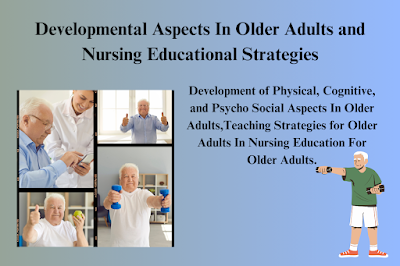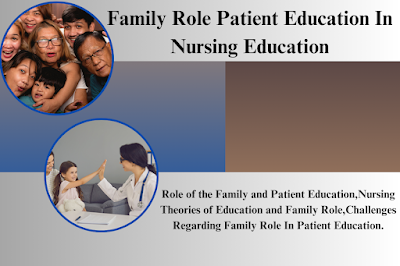Learning Stages In Nursing Education And Teaching Strategies
The Learning Stages In Nursing Education And Teaching Strategies. In nursing education, the learning process often unfolds in stages, from initial knowledge acquisition through mastery to independent application. Teaching strategies should adapt to these phases and include active learning, student-centered approaches, and diverse methods such as simulations and role-playing. The Learning Stages In Nursing Education … Read more









